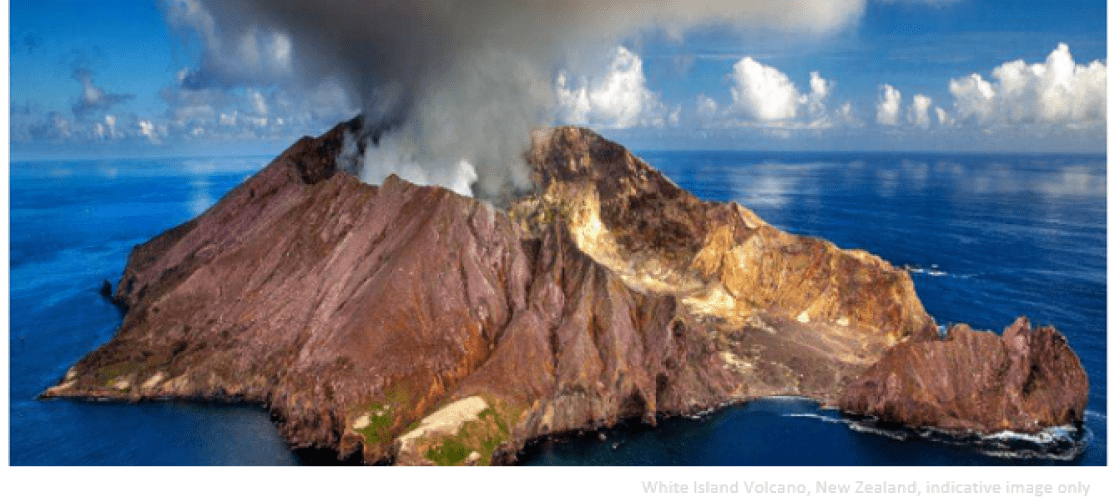The Royal Netherlands Meteorological Institute (in Dutch KNMI or Koninklijk Nederlands Meteorologisch Instituut) is the Dutch national weather service, which has its headquarters in De Bilt, in the province of Utrecht, The Netherlands. The primary tasks of KNMI are weather forecasting and monitoring of weather, climate, air quality and seismic activity. KNMI is also the national research and information centre for meteorology, climate, air quality and seismology.
